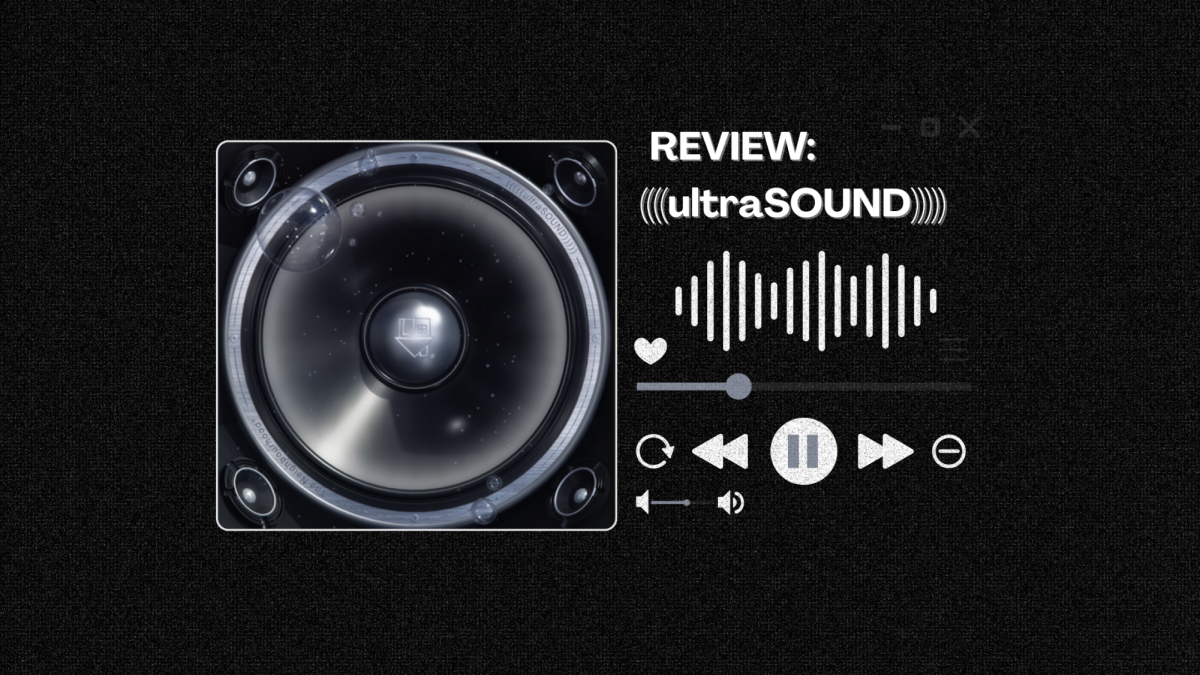Reality TV continues to evolve to try and stay relevant

KRT
Chris Ware color illustration of in-box pile of new television shows on a network producer’s desk.
March 6, 2013
A stunning realization can be made when you think back to MTV’s premiere season of “The Real World” in 1992. The majority of students on the Sacramento State campus cannot remember a time before reality television.
While 1992 was a little more than 20 years ago, reality TV was still a novelty; it didn’t become TV networks’ bread and butter until about the turn of the millennium. Competition-style shows like “Survivor: The Australian Outback” gave way to the genre’s popularity-gaining roughly more than 45 million viewers in its series premiere, according to eonline.com.
Since then, an array of colorful characters from sub-cultures has graced our television screens with no signs of being subdued.
Early 2000s reality shows were unable to see how simple a program could be. They still mimicked the game show format made popular in the 70s with a host guiding the show through extravagant tasks i.e.
“Fear Factor,” “Survivor” and “The Amazing Race.” Shows later proved they could be stripped down to the bare essentials. For example, the show “Survivorman” is produced and filmed by survival expert Les Stroud.
From the perspective of a television producer, making a reality show is a no brainer; unlike sitcoms and dramas that rely on a heavy team of writers and actors, a show like “Here Comes Honey Boo Boo” thrives on unscripted events steered by a small team of producers and editors. The inexpensiveness of this genre has acted as a catalyst for its growth and the subsequent tornado of offbeat shows on the television landscape.
“It’s definitely gone to a level now where it is almost stupid and ridiculous. You can see they are losing the point and they are just trying to put something out there,” said junior interior design major Mitchell Scott.
At any given time of the day, one can watch socialite housewives bicker over glasses of wine, crab fishermen fight for their lives miles at sea, or even the occasional update on where the American Sasquatch might be via the History Channel. It seems to be that every walk of life is represented in some form to be admired or mocked for our amusement.
“(I watched) ‘Jersey Shore’ before it went off the map,” said junior communication studies major James Leedom. “It’s kind of one of those shows you watched to make yourself feel better about your own life. It came to have a big cult following and it became really unattractive after that.”
Watching the turbulence of other peoples’ lives play out on camera is a cultural norm in 2013. It is human nature to be drawn to drama, unlike scripted plays or movies that end in a resolution, the drama portrayed on TV can be everlasting.
“I watch the housewives,” said senior psychology major Rachel Carmichael “It’s the drama you get pulled in; once you watch an episode you can’t stop.”
In the years to follow, the next big hit won’t be written, it will be found. Scripts will be old relics found in museums next to rolls of Super 8 film and Screen Actors Guild cards. The objective of TV networks’ won’t be to write the next Doogie Howser M.D. it will be to find the Next Doogie Howser M.D. Make sure to look out for it in 2020, “PhD’iapers” and the spin-off series it will inspire “Toddlers in Scrubs.”
For better but probably for worse, “reality” will remain something we watch rather than something we live.
Anthony can be reached at: anthonynathan@csus.edu
































































































































